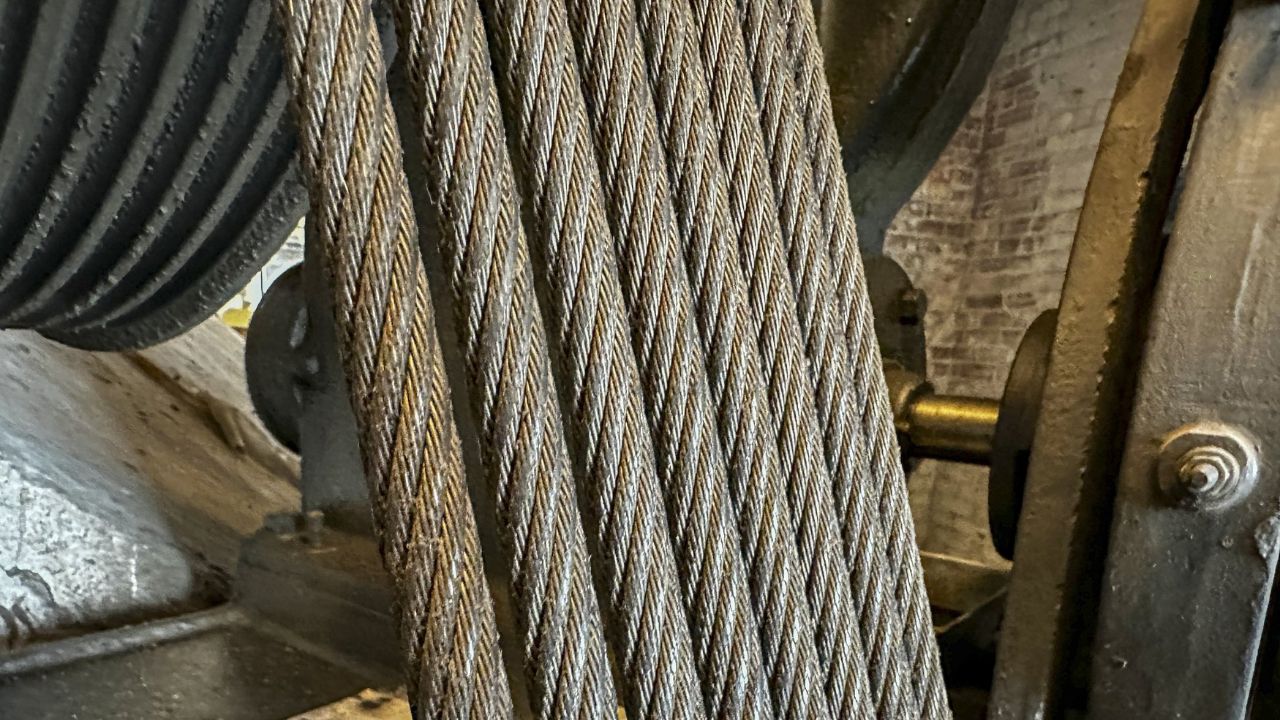Elevator traction belts have become an important part of modern vertical and horizontal transport systems. Their reliability, sturdiness, and functionality have seen them adopted for use other than lifts, in different settings. This article focuses on the major uses of the Elevator Traction Belt and its function in lifts, escalators, moving walkways, and other uses.
Vertical Transportation
Elevator traction belts are one of the most important components in the vertical transportation industry. Old-fashioned steel cables that were used in the past in elevator systems have gradually been replaced by flat traction belts. These belts, which may be produced from high-strength polyurethane with steel cords, have several advantages over cables. Traction belts are lighter in weight, occupy less space, and are comparatively noiseless, therefore suitable for residential, commercial, and high-rise applications. Furthermore, they allow the application of machine room-less (MRL) elevator systems, which improve building design. Thus, their long span entails that they do not wear out easily hence require minimal maintenance, hence lower in terms of operating costs.
Continuity Assist for Escalators
Escalators which are used for controlling large traffic in areas such as malls, airports, and transit stations are improved by the incorporation of traction belts. These belts ensure steps to move without causing inconvenience to passengers while guaranteeing their safety. Due to their anti-wear characteristics, even under high loads, they are suitable for use in constant operations. Also, special traction belts improve the power consumption of the escalators part, meaning lesser operational costs with a healthier environment.
Horizontal Mobility
Ambulatory or travelatories are widely popular in areas with extensive floor areas including airports, convention facilities, and other fun-based stations like theme parks. Traction belts in the elevator are essential in the powering of these systems and the easy horizontal transport of people and goods. The belts are flexible and strong making it to provide consistent and reliable operations all throughout especially if there is heavy traffic on foot. In addition, they are unobtrusive and require little attention, which makes them suitable for such uses where interferences are undesirable.
Uses in Industrial and Health Sectors
Apart from the transportation of passengers, elevator traction belts are used in other areas of application. The industrial plants are used for the operation of goods lifts and freight elevators for conveying heavy items. Of relevance in the field of medicine, traction belts find their application in cases of patient lifts and mobility devices, where normal and safe movements are some of the most important factors. This also makes them ideal tools for use in areas that have limited space or where space is a rare commodity.
New Directions and Old Horizons
Elevator traction belts are one of the most important components of the elevator system, and with the developments in material science and engineering, the uses of the belts are expanding. New ideas such as smart belts with integrated sensors to monitor effects and stress levels in real time are in development. These advancements make safety and predictive maintenance better, lowering system downtime and increasing system lifespan.
Conclusion
Elevator traction belts have become a major component of modern transport systems ranging from vertical transport in elevators to horizontal transport in moving sidewalks. They are used in many industries due to their flexibility, durability, and effectiveness as an essential component. These belts are well-positioned to have an even larger impact on the future of transportation and material handling systems as technology continues to improve.
